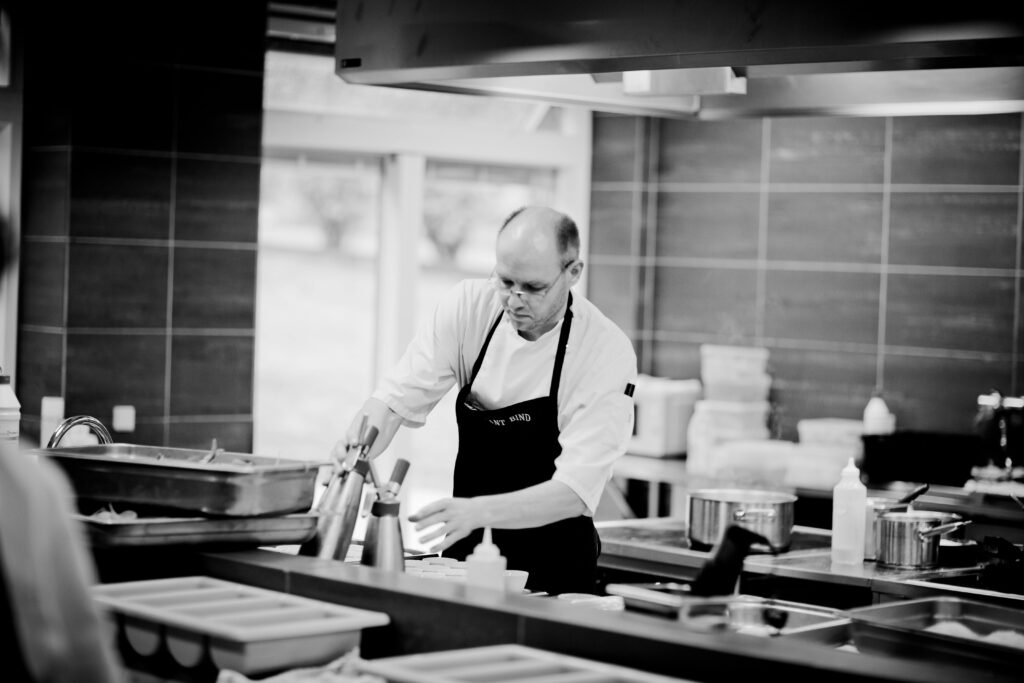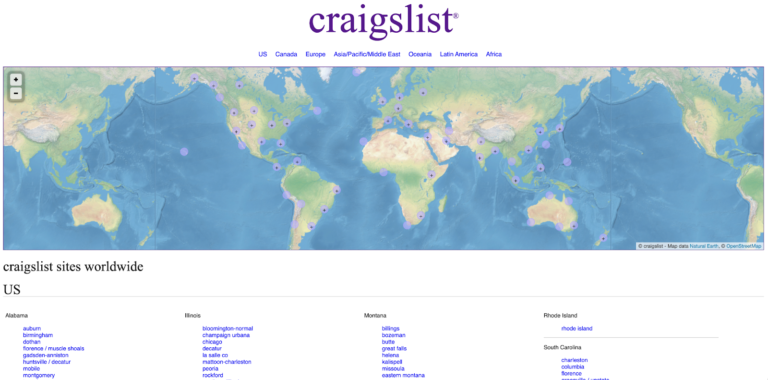
4. Data-Driven Menu Optimization
Ghost kitchens thrive on A/B testing. Brands regularly tweak names, pricing, and combos based on what sells. It’s fast, flexible, and unlike anything traditional brick-and-mortar restaurants can do at scale.
👉 Example: Pasqually’s Pizza & Wings, a ghost kitchen brand from Chuck E. Cheese, changed its branding and pricing after customer feedback — a pivot made possible by real-time data.
Local Ghost Kitchens and the Future of Community-Focused Marketing
Many ghost kitchens are now exploring how to feel local, even if they’re part of national operations. This includes using local ingredients, naming dishes after neighborhoods, and sponsoring community events virtually.
👉 Example: Reef Kitchens often partner with regional chefs and brands to craft local menus, allowing national platforms to feel hyper-relevant to the community.
Practical Takeaways for Marketers
If you’re marketing a ghost kitchen or helping clients in the food space, keep these tips in mind:
- Optimize for Local SEO: Claim your Google Business Profile, even if you don’t have a dine-in address.
- Invest in Quality Visuals: Your food photography is your storefront — make it scroll-stopping.
- Use App-Based Promotions: Leverage DoorDash, Uber Eats, and Grubhub marketing tools to boost local visibility.
- Embrace Experimentation: Test names, pricing, and packaging. Ghost kitchens give you freedom to adapt quickly.
Conclusion: Ghost Kitchens Aren’t a Fad — They’re a Marketing Revolution
Ghost kitchens aren’t just reshaping food delivery — they’re forcing a rethink of how brands approach local marketing, storytelling, and customer connection in a digital-first world.
Whether you’re a startup chef or a legacy chain, the playbook is changing — and ghost kitchens are leading the charge.


